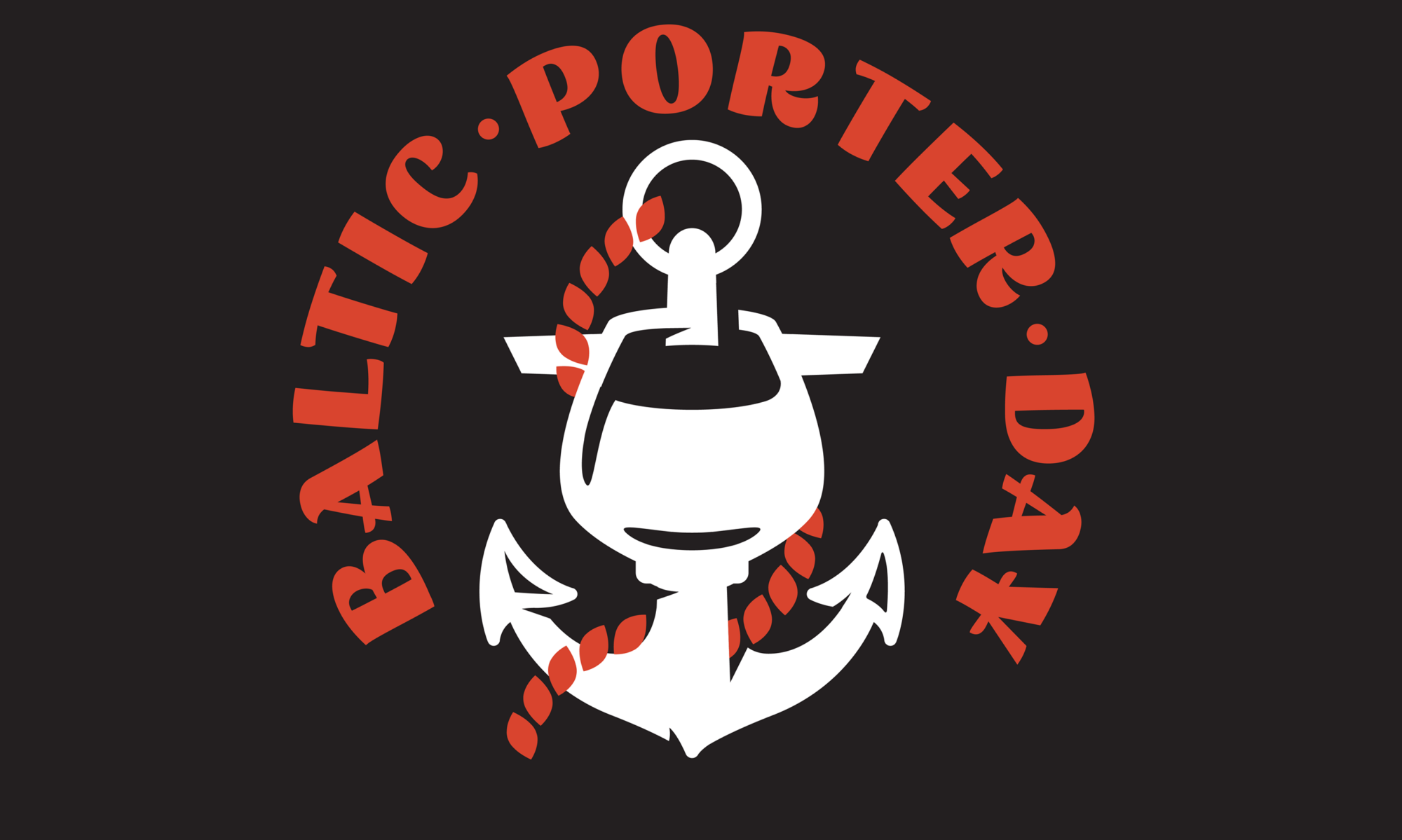As the name suggests Baltic Porter is a porter born in the Baltic Sea region. At first, porters brewed here were identical to London Porters, using the same methods and as similar ingredients as possible. But somewhere in time, it changed from ale to lager yeast. Who made this crucial change, where, and why? That we don’t know yet. What we know, is that somewhere in the XX century almost all breweries in the Baltic Sea region switched to lager yeast.
Baltic Porter is a strong, dark beer. Not as roasted as an Imperial Stout, and more drinkable. It has notes of chocolate, coffee, dark fruits, caramel. It should be balanced, not too sweet, and not too bitter.
Style description from Beer Judge Certification Program:
Overall Impression: A strong, dark, malty beer with different interpretations within the Baltic region. Smooth, warming, and richly malty, with complex dark fruit flavors and
a roasted flavor without burnt notes.
Aroma: Rich maltiness often containing caramel, toffee, nuts, deep toast, or licorice notes. Complex alcohol and ester profile of moderate strength, and reminiscent of plums, prunes, raisins, cherries, or currants, occasionally with a vinous Portlike quality. Deep malt accents of dark chocolate, coffee, or molasses, but never burnt. No hops. No sourness. Smooth, not sharp, impression.
Appearance: Dark reddish-copper to opaque dark brown color, but not black. Thick, persistent tan-colored head. Clear, although darker versions can be opaque.
Flavor: As with aroma, has a rich maltiness with a complex blend of deep malt, dried fruit esters, and alcohol. The malt can have a caramel, toffee, nutty, molasses, or licorice complexity. Prominent yet smooth Schwarzbier-like roasted flavor that stops short of burnt. Light hints of black currants and dark dried fruits. Smooth palate and full finish. Starts malty-sweet but darker malt flavors quickly dominate and persist through the dryish finish, leaving a hint of roast coffee or licorice and dried fruit in the aftertaste. Medium-low to medium bitterness, just to provide balance and prevent it from seeming cloying. Hop flavor from slightly spicy hops ranges from none to medium-low. Clean fermentation profile.
Mouthfeel: Generally quite full-bodied and smooth, with a well-aged alcohol warmth that can be deceptive. Medium to medium-high carbonation, making it seem even more mouthfilling. Not heavy on the tongue due to carbonation level.
Comments: Most commercial versions are in the 7–8.5% ABV range. The best examples have a deceptive strength that makes them dangerously easy to drink. The character of these beers varies by country of origin, so be careful about generalizing based on a single example. Some beers are truer to their English roots, while others are more of the style first popularized in Poland.
History: Developed indigenously (and independently) in several countries bordering the Baltic Sea after import of popular English porters and stouts was interrupted in the early 1800s. Historically top-fermented, many breweries adapted the recipes for bottom-fermenting yeast along with the rest of their production. The name Baltic Porter is recent (since the 1990s) and describes the modern collection of beers with a somewhat similar profile from these countries, not historical versions.
Characteristic Ingredients: Generally lager yeast (cold fermented if using ale yeast, as is required when brewed in Russia). Debittered dark malt. Munich or Vienna base malt.
Continental hops. May contain crystal malts or adjuncts. Brown or amber malt common in historical recipes. As a collection of regional beers, different formulations are expected.
Style Comparison: Combines the body, maltiness, richness, and smoothness of a Doppelbock, the darker malt character of an English Porter, the roast flavors of a Schwarzbier, and alcohol and fruitiness of and Old Ale. Much less roasted and often lower in alcohol than an Imperial Stout.
